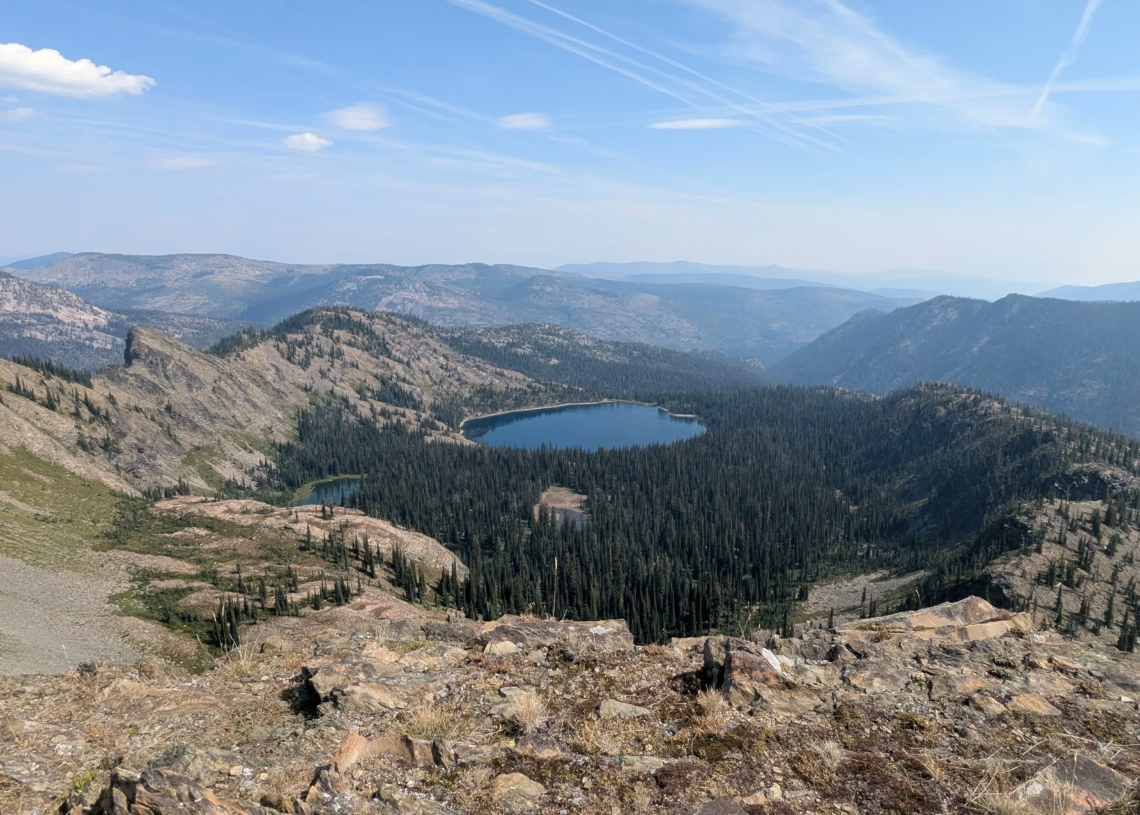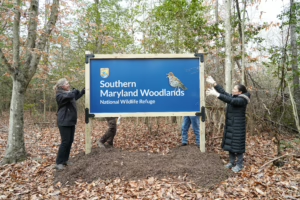The USDA’s 2025 decision to rescind the 2001 Roadless Area Conservation Rule has raised hackles among conservation groups, others like the idea
This landmark regulation protected over 45 million acres of wild national forest lands from road construction and development. For hunters and anglers, the move presents both opportunities and risks to wildlife habitat, access, and forest health.
Understanding the Roadless Rule
Established by the Clinton Administration in 2001, the Roadless Rule was created to protect roadless national forest areas, which are critical for clean water, intact ecosystems, and quality hunting and fishing experiences. These roadless forests provide crucial habitat for native trout, elk, deer, and other wildlife, supporting millions of outdoor enthusiasts annually.
Secretary Brooke L. Rollins and the USDA argue the rule restricts forest management efforts needed to combat catastrophic wildfires and revitalize timber economies. They claim removing the rule allows local Forest Service managers to better control forest health through targeted timber harvesting, thinning, and new road construction for fire suppression. “For nearly 25 years, the Roadless Rule has frustrated land managers and served as a barrier to action—prohibiting road construction, which has limited wildfire suppression and active forest management,” U.S. Forest Service Chief Tom Schultz said in a press statement.
What This Means for Hunters, Anglers, and Industry
Roadless areas are refuges for both non-game and game animals as well as native fish species. Over 70 percent of native trout and salmon depend on these habitats. Road building risks increased erosion, watershed disruption, and habitat fragmentation which can reduce wildlife populations and degrade fishing waters.“Roadless areas are sources of clean water and some of the best hunting and fishing opportunities on the planet,” said Chris Wood, President and CEO of Trout Unlimited.
Roads can increase access for hunters and anglers but that comes at a cost. More roads mean easier entry, which means more people, habitat disturbance, and overcrowding, especially in places out West. Conversely, the timber industry welcomes more flexible forest management, which could boost rural economies reliant on logging jobs, even though 30 mills have closed in western Montana since 1990.
Public Comment: How Hunters and Anglers Can Engage
The USDA Forest Service published the notice in the Federal Register on Friday, August 29, 2025. The public is invited to comment on the potential effects of the proposal to guide the development of the environmental impact statement. Comments must be submitted no later than Sept. 19, 2025, via the Federal Register at this LINK. Public comments will be considered during the development of the draft environmental impact statement. Additional opportunities to comment will occur as the rulemaking process continues.





